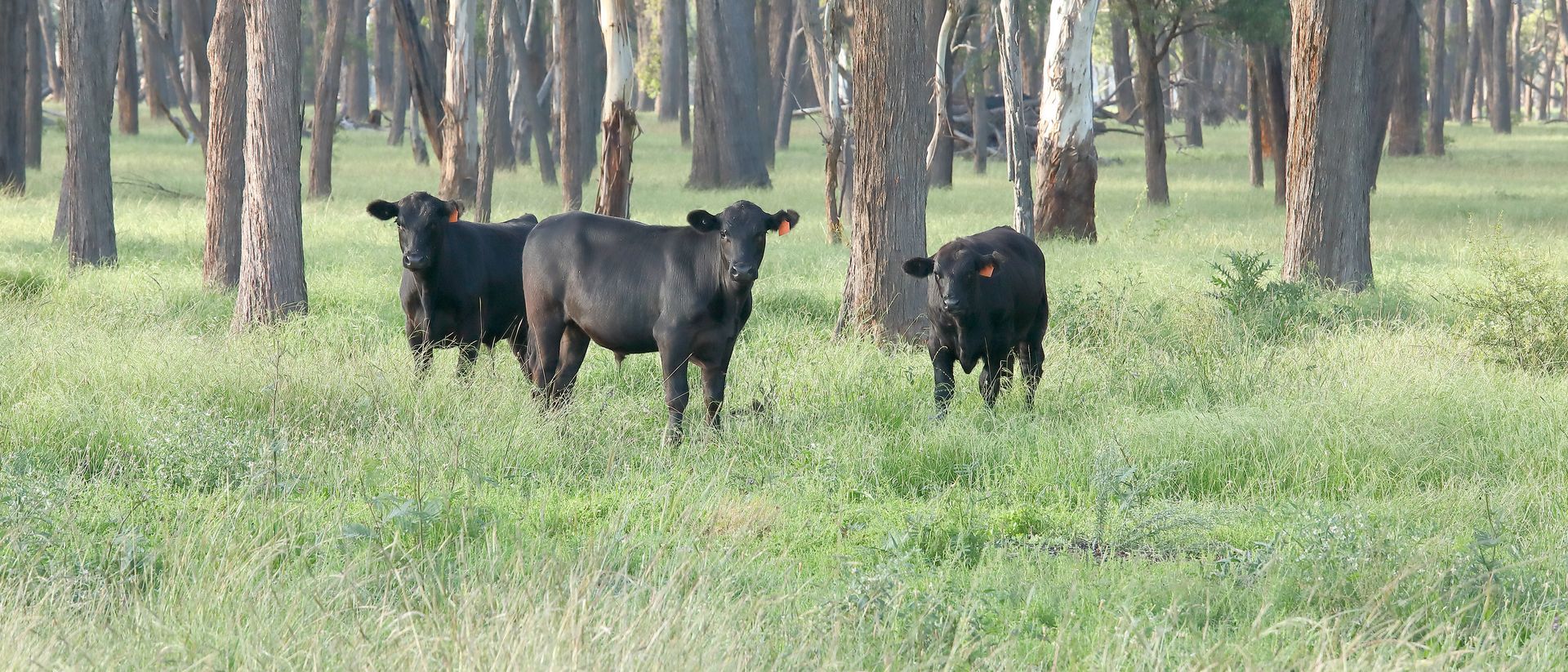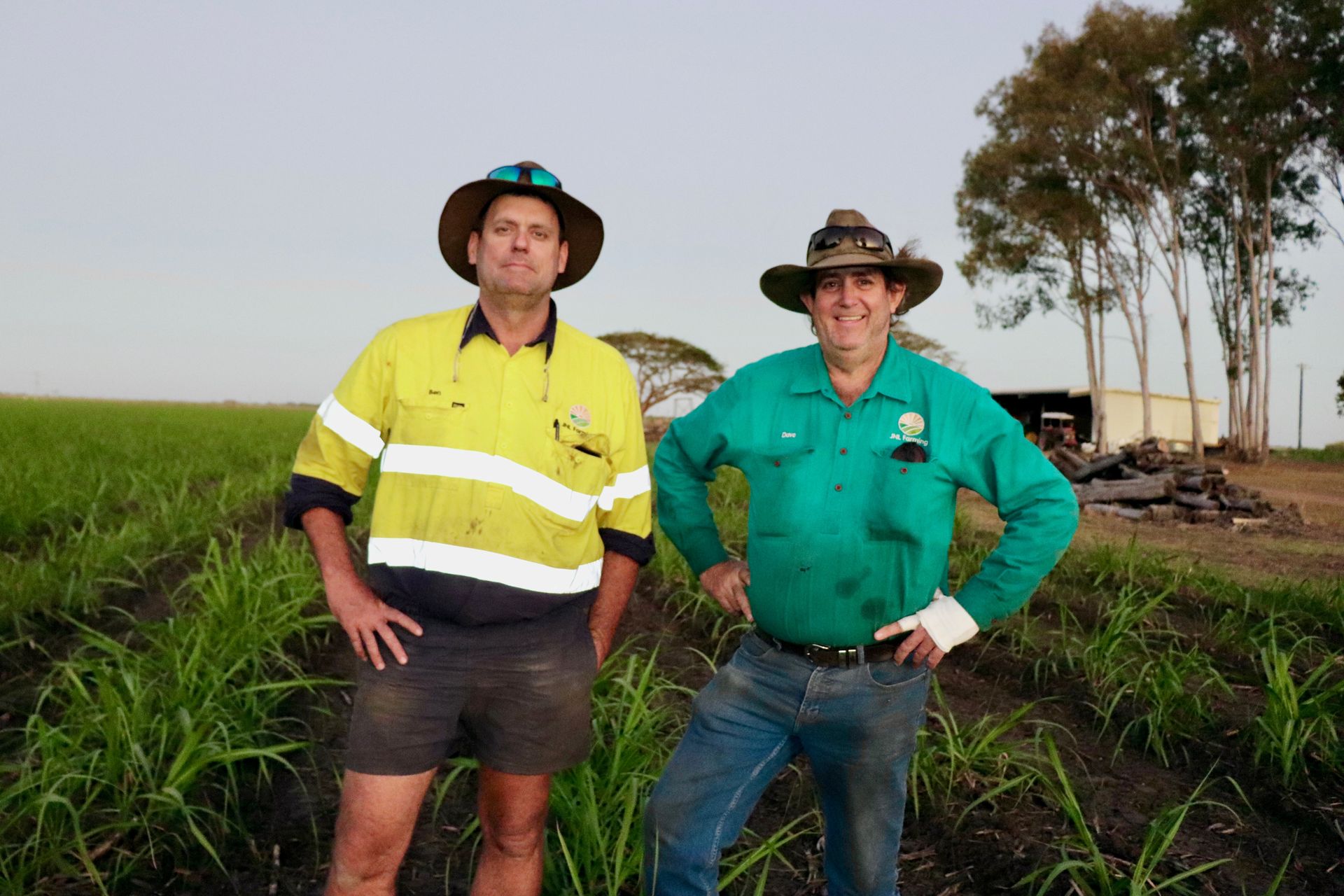Lewis Kahn works with farmers, scientists, industries and government as a Professorial Research Fellow at the University of New England.
Agtech success pivots on linking the algorithm with farmer needs
Cutting-edge mobile technology is revolutionising on-farm decision making, but what makes agtech especially successful is when it complements farmer knowledge and links with on-farm practices, in a user-friendly manner.

Too often new digital tools and technologies are developed with brilliant science and amazing capabilities, but they are not what farmers first want to make a difference in their business.
As I know well from work carried out between 2017-2020 with my UNE co-authors and led by Dr Penelope Schulz, livestock producers need relevant, useful and easy to use smartphone apps. Our surveys of livestock producers revealed a keenness to use apps, including when it comes to making more informed decisions, increasing efficiency, and accessing and recording important information.
Apps were not viewed as suited to completely replace more traditional methods, but rather to have a role in decision-making processes and/or to be incorporated into new programs and tools.
It’s a lesson the team at UNE took to heart during the world-first development of an app to make 6-month forecasts of live weight, pasture availability, soil moisture, rainfall, and animal wellbeing customised and available to all Australian livestock producers. The team at UNE has gone out of its way to design a user-friendly interface and mobile app to allow users to customise data about soils, pasture types, livestock, and current pasture availability.
The tool, called Ag360, forecasts pasture availability but taking the concept of working with producers, the forecasts are improved when producers take periodic estimates of pasture availability or live weight and enter these into their Ag360 account. These data contribute to early warnings if pasture and live weight targets are unlikely to be met, allowing users of Ag360 to benefit from the various “what if” tools when planning for the coming season.
The collaboration between university research and practical farming knowledge exemplifies the thought leadership needed in agriculture: translating theory into real-world action. This approach showcases the brightest minds working to tailor high-tech innovations to the realities of Australian livestock production. By blending traditional skills with modern technology, farmers are supported to make smarter, more effective decisions that enhance both productivity and sustainability.
Ag360 is supported by the Armidale Node of the Southern Queensland and Northern NSW Innovation Innovation Hub, which receives funding from the Australian Government's Future Drought Fund.

















